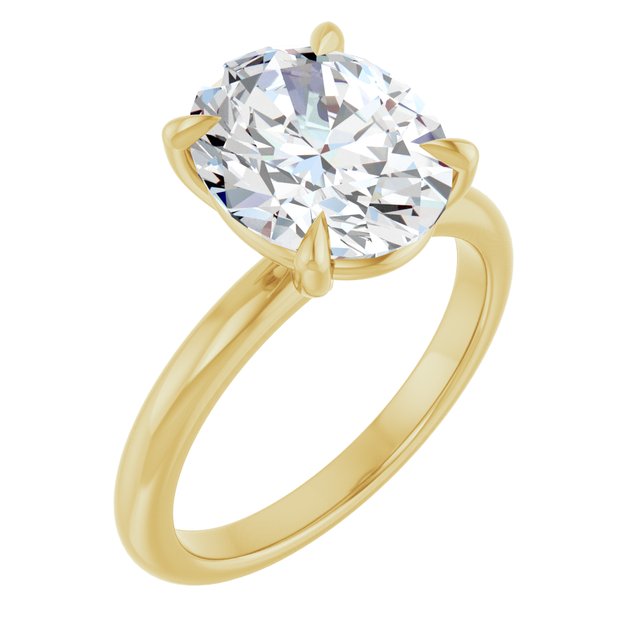You pull out your favorite necklace or bracelet, only to find that it’s no longer shining like it used to—it’s darkened, dull, and maybe even patchy. What happened? In most cases, your jewelry has tarnished. But what exactly is tarnishing, why does it occur, and—most importantly—how can you stop it?
Let’s dive into what tarnishing really means and how you can prevent it, keeping your gold, silver, and plated jewelry gleaming for years to come.
What Is Tarnishing?
Tarnishing is a chemical reaction that happens when metals come into contact with moisture, air, or certain chemicals—like perfumes or lotions. It usually results in a dull, dark, or discolored surface, often seen in sterling silver or lower-karat gold.
The metals in your jewelry—especially copper, nickel, and silver—can react with oxygen and sulfur in the air, creating a layer of corrosion. This layer is what causes your piece to lose its original brilliance.
Even high-quality jewelry like 14K gold or vermeil can tarnish over time if not cared for properly.
Which Metals Tarnish the Most?
Some metals are more prone to tarnishing than others:
- Sterling Silver: One of the most commonly tarnished metals. Silver reacts strongly with sulfur and air.
- Copper Alloys: Often used in costume jewelry, copper oxidizes easily and turns green or brown.
- Lower Karat Gold (10K, 14K): Though durable, the non-gold metals mixed in can cause tarnish.
- Plated Jewelry: Gold or silver plating can wear off and expose base metals that tarnish quickly.
Platinum and pure gold (24K) are the least reactive and very resistant to tarnish—but they’re also more expensive.
What Causes Jewelry to Tarnish?
Tarnishing isn’t just about air exposure. Several daily habits can accelerate it:
- Moisture: Humidity, sweat, or water from washing hands or swimming.
- Chemicals: Perfumes, body sprays, lotions, and even household cleaners.
- Storage: Leaving jewelry out in the open or in damp places can increase tarnish buildup.
- Skin Oils: Natural oils from your skin can react with metals over time.
Even your geographic location can play a role—humid or coastal areas with salt air often speed up tarnishing.
How to Prevent Jewelry from Tarnishing
Tired of dealing with dark, dull jewelry? Here are some top jewelry tarnish prevention tips to keep your pieces looking their best:
1. Store It Right
- Use a dry, airtight container like a ziplock bag or a jewelry box with anti-tarnish lining.
- Add silica gel packets to absorb moisture.
- Keep each piece separated to avoid scratches and chemical reactions.
2. Avoid Contact with Liquids and Lotions
- Take off jewelry before showering, swimming, or exercising.
- Apply perfume and lotions first, and let them dry before putting on jewelry.
3. Clean It Regularly
- Use a soft microfiber cloth to gently wipe down pieces after each wear.
- For deep cleaning, mix mild soap with warm water and gently scrub with a soft brush.
- Avoid abrasive cleaners or harsh chemicals unless they’re specifically made for jewelry.
4. Wear Your Jewelry Often
Believe it or not, regular wear can actually prevent tarnishing, especially with silver. Your skin oils help keep it polished—just make sure you clean it regularly.
Can Tarnish Be Removed?
Yes! Most tarnish can be removed with proper cleaning. Commercial silver or gold cleaners, polishing cloths, or homemade solutions (like baking soda and water paste) can restore the shine.
However, be careful with plated jewelry, as vigorous cleaning can wear off the plating.
Final Thoughts
Now that you know what tarnishing is and how to prevent it, you can take steps to protect your favorite jewelry pieces from losing their shine. Simple habits like proper storage, gentle cleaning, and avoiding moisture go a long way.
At our store, we offer a wide range of tarnish-resistant fine jewelry and care products to help you protect your investment. Shop confidently knowing you have the tips and tools to keep your pieces glowing for years.


